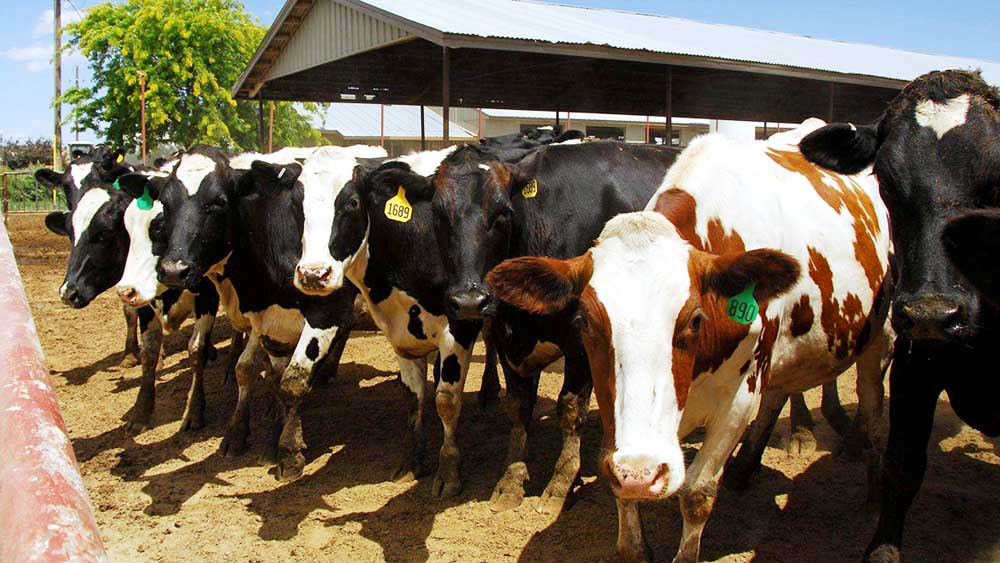Feed industry rejects poultry litter-bovine bird flu link
Published 3:00 pm Monday, May 6, 2024

- HPAI virus fragments have been found in some samples of pasteurized milk, according to the Food and Drug Administration.
Feed industry groups are rejecting recent media reports alleging a link between feeding poultry litter to cattle and the spread of highly pathogenic avian influenza in dairy cattle.
Trending
In theory, it is possible poultry litter could be the culprit behind the spread of HPAI in U.S. dairy cattle, but it is highly unlikely because important food safety protocols are in place, said Austin Therrell, executive director of the Association of Association of American Feed Control Officials.
The AAFCO Ingredient Definition Request Process is extremely rigorous and transparent.
It includes a scientific review by the Food and Drug Administration’s Center for Veterinary Medicine, as well as approval from a majority of state regulators, he said in a press release.
Trending
“This regulatory pathway takes into account many potential food safety hazards to ensure that ingredients that gain approval can be safely and effectively marketed for use in animal food in the U.S.,” he said.
Dried poultry litter and waste has been approved as a commercial feed ingredient by AAFCO since 1982. While it’s not widely used, it can be a great alternative for cattle to promote sustainability while still gaining a nutritional benefit for the animals, he said.
Safety measures
In addition to a thorough ingredient review process, there are extensive preventive food safety measures required for all animal foods by the Food Safety Modernization Act, and the AAFCO Official Publication reinforces these protocols, he said.
Manufacturers of processed animal waste products are required to test and maintain records to show that products like dried poultry litter do not contain:
• Drugs suspected or known to be used in the feed or as a therapeutic treatment of source animals.
• Pesticides used on the source animal, facility and wastes for pest control.
• Pathogenic organisms, at least to include salmonella and E. coli.
• Heavy metals: arsenic, cadmium, copper, lead, mercury and selenium, at least.
• Parasitic larva or ova.
• Mycotoxins, such as aflatoxin.
Sensational headlines
The American Feed Industry Association is also challenging media reports alleging that the HPAI virus has spread to dairy cattle due to the consumption of chicken litter on farms.
“We are concerned with recent sensational headlines and articles falsely accusing feeding practices of spreading the HPAI virus on dairy farms without fully disclosing the facts,” said Constance Cullman, CEO of AFIA.
USDA’s Animal and Plant Health Inspection Service has confirmed wild migratory birds are believed to be the original source of the virus in dairy cattle, she said.
“On a call last week, USDA’s chief veterinary officer and deputy administrator for veterinary services confirmed to stakeholders that nothing leaves the infected premises of an HPAI-impacted poultry farm, including poultry litter or waste to be used for crop fertilizer or feed,” she said in a press release.
FDA has also gone on record stating that it is “not aware of any data showing that the use of poultry litter in cattle feed is posing human or animal health risks that warrant restrictions on its use,” she said.
As of May 6, USDA has confirmed HPAI in 34 dairy herds in nine states.







